System breakdown!
We often use this saying when we notice that things are not working as they should. Then Manager 3.0 enters the scene, which “manages the system, not the people”.
Everything flows, everything changes, and so does management. The creator of the Management 3.0 concept is Jürgen Apelo, who shows the evolution of management as follows:
Management 1.0 – Organizations are seen as machines, consisting of individual parts that need to be controlled. The main goal was productivity. In such organizations, managers apply the principle of “command and control” and do not give much freedom to employees. This type of organization model is still possible in conditions where manual, repetitive and predictable work dominates. Management 2.0 – In these organizations it is recognized that “people are the most valuable part of the organization” and that managers should become “servant leaders”. Here, managers involve employees in solving problems and encourage ideas for business improvement, but still prefer to respect hierarchy, so the organizational model remains commanding. However, hierarchy is difficult to apply in an environment that is in constant and unpredictable changes.
Today, we live in the so-called “VUCA” environment, which is an acronym for: Volatility, Uncertainty, Complexity, Ambiguity. Volatile means a high level of instability and high dynamics of change. It involves a lot of unpredictable situations and resists our need for control. It is often perceived as negative, but it can also bring sudden positive changes. Uncertainty means a situation in which we do not have enough information to predict the result and do not know what impact our activity will have. Then, we cannot properly plan the achievement of goals, because we do not know what will happen next, such as during the COVID-19 pandemic. Complexity means a large number of parts that interact with each other, such as e.g. social groups or markets. In such systems, prediction and control are difficult, because changing one variable can affect others unpredictably and create a completely unexpected response. Competitive advantage in complex systems requires the ability to sense, shape, and exploit new opportunities. Simply, continuous improvement is no longer enough. Ambiguous means a lack of clarity on how to interpret the situation, because the information is incomplete or even contradictory. Because it is open to more than one interpretation, there is no obvious meaning. Context plays a key role and if the perspective changes, new information necessary for decision-making can be revealed. This, too, can be a source of innovation but requires a high level of creativity and observational skills to identify new ways of interpretation. Organizations, and people in general, fear a “DULL” environment because they feel they are losing control. If we can’t predict the future, if we don’t understand the situation or if we don’t know how it will affect us, we feel insecure. Today, a different management is required, adapted to the complex environment. Management 3.0 – talks about a new management paradigm, which teaches us that organizations are complex adaptive social (CAS) networks. Management 3.0 is not a new “framework”, but a view of the system we are in and the interactions we have with other collaborators. Adequate understanding of the system can lead to adjustments in the direction we want. The goal is not to resist changes but to understand and accept the “VUCA” environment. This is achieved by distributing control or a system with distributed authority is created. Some successful companies have introduced delegation of decision-making to working groups based on local information, which is more accurate, as well as team decision-making because collective intelligence is superior – many heads are smarter than one. By delegating decision-making, teams are empowered because they have authority, but also responsibility for contributing to joint success. They are motivated in different ways (depending on personal affinities) to achieve a positive result for the organization. Manager 3.0 knows and uses a set of tools and practices that can improve the system, and consequently the behavior of employees. Since it is difficult to change other people, the only thing we can do is change the environment. Therefore, if you change the environment, people’s behavior will also change. The formula for influencing people’s behavior also speaks of this: Behavior = Function (Personality x Environment). This is not a novelty, because a long time ago, the famous management guru Peter Drucker said: “Management is focused on people, as persons. Management is a critical, decisive factor and its task is to enable people to achieve a common goal…” Precisely because people are not machines, but each group of people or a team represents a complex collaborative network, the approach to management should be different – control is changed to a coaching, leading, guiding, and helping approach. The manager’s task is to deal with the “high-level” rules and it only helps to define the framework in a given system. An example of this can be a manager as a referee who directs the teams to respect the general rules in a football match, while the teams are self-organizing and directed towards the achievement of a common goal – victory. Everyday practice has shown that if the boundaries are set, the teams will not have a problem to self-organize. The manager’s role then is to be a “gardener” who nurtures, protects, guides, and develops his team members. “Empowerment” is a long-term solution for the growth of companies and implies self-organization and distributed control. This can be achieved with a “graduation” team and with a high level of trust.
To summarize, the main features of Manager 3.0 are as follows:
- Believes in the power of a unique team
- It is flexible in the organizational sense and encourages changing roles and responsibilities in the team
- Is focused on finding the root causes of problems and knows how to learn from mistakes
- It is open and transparent in the exchange of information and knowledge
- Encourages involvement, i.e. giving suggestions and ideas to all team members
- Empowers his team with wholehearted support, encouragement, resources, etc.
- Provides accurate, regular and personalized feedback
- Creates an environment for teamwork and brainstorming
In practice, application depends on the context, but the principles are universal and rarely change. That is why management 3.0 as a way of thinking is based on the following principles:
Principle #1: Engaging people and their interactions – Manager 3.0 encourages and improves interaction among employees
Principle #2: Improving the system – experience shows that the system works best when viewed holistically, i.e. if you think about how to improve the whole system and everyone involved, and not just one stakeholder – whether internal or external
Principle #3: Help all clients to be satisfied – clients are not only our external customers, but the client includes everyone involved in the system (collaborators, other teams, customers, shareholders, city, state…)
Principle #4: Managing the system, not the people – we cannot change people, only the environment and accordingly people will adapt and change their behavior
Principle #5: Creating joint work – communicating a common goal, contributes to the fact that collaborators are motivated to create united and united.
Anyone can be a Manager 3.0 if they adhere to the principles mentioned above.
If properly applied, Management 3.0 principles certainly provide the organization with benefits. Most often in the form of an increase in productivity, then innovation, a motivated team, and, consequently, an increase in the satisfaction of both external and internal clients. Therefore, develop your managers and don’t forget “Take care of your employees, and your employees will take care of your business”.
Author: Nataša Predić

